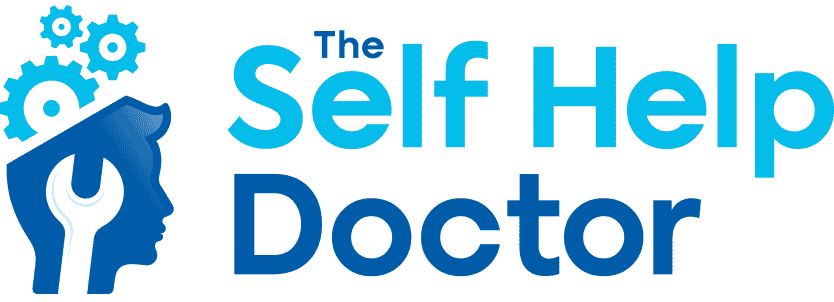Unlocking the Power of CBT: A Beginner’s Guide to Cognitive Behavioral Therapy

Unlocking the Power of CBT: A Beginner’s Guide to Cognitive Behavioral Therapy
Cognitive Behavioral Therapy, or CBT, is a powerful tool for navigating the complexities of mental health. As a seasoned psychologist, I’ve witnessed firsthand how these techniques can empower individuals to manage anxiety, OCD, and many other emotional hurdles. For those new to this therapeutic approach, understanding its fundamentals can be the first step towards effective mental health management. With Self Help Doctor’s ‘Healthy Mindset Toolkit,’ even beginners can access a structured, 12-week self-help course to learn and apply CBT strategies in their daily lives. If you’re ready to take charge of your mental well-being, this guide will illuminate how CBT can become a cornerstone in your self-help journey. 🌟 You can also find more information on CBT on the NHS website here.
Understanding Cognitive Behavioral Therapy

Cognitive Behavioral Therapy (CBT) is a structured, goal-oriented therapy that helps individuals address and change negative thought patterns. This section delves into the basics of CBT and its key techniques, providing a foundation for those new to this therapeutic approach.
Basics of CBT for Beginners
Cognitive Behavioral Therapy is a psychological intervention that focuses on modifying dysfunctional emotions, behaviors, and thoughts. At its core, CBT is based on the concept that our thoughts, feelings, and behaviors are interconnected. By changing negative thought patterns, individuals can alter their emotional responses and behaviors.
For beginners, understanding the fundamental principles of CBT is crucial. One such principle is recognizing and challenging distorted cognitions or thoughts. This involves identifying negative thoughts and questioning their validity.
CBT is highly structured and involves completing tasks or ‘homework’ outside of therapy sessions. This practice reinforces the skills learned during therapy, making it suitable for self-help approaches.
Key Techniques and Strategies
Several key strategies are employed in CBT to facilitate change. A primary technique is cognitive restructuring, which involves identifying and challenging negative thought patterns. This method helps in developing healthier, more balanced thoughts.
Another essential strategy is behavioral activation, which encourages individuals to engage in activities that are likely to improve their mood or reduce undesirable symptoms. By scheduling healthy activities, individuals can break the cycle of stress and lack of motivation.
The use of exposure therapy is also significant for most emotional problems. This involves facing stress-provoking triggers in a controlled setting, gradually reducing unhealthy behaviors.
Benefits of Self-Help Courses

Self-help courses offer flexibility and accessibility, empowering individuals to manage their mental health independently. This section explores how these courses can aid in mental health management and highlights the features of the Healthy Mindset Toolkit.
Empowering Mental Health Management
Self-help courses in CBT provide an autonomous route for individuals to address their mental health challenges. These courses are often structured in a way that allows users to progress at their own pace, making them highly adaptable to personal schedules.
Unlike traditional therapy, self-help courses can be accessed from the comfort of one’s home, reducing the barriers to seeking help. They often include interactive elements, such as exercises and worksheets, to reinforce learning.
Exploring the Healthy Mindset Toolkit
The Healthy Mindset Toolkit is a 12-week self-help course designed to teach CBT techniques. It empowers individuals to manage anxiety, OCD, emotional eating, sleep disorders, anger management problems, and other emotional issues.
-
Structured Learning: The course provides a clear framework with weekly modules that build on each other.
-
Practical Exercises: Users engage in exercises that apply CBT strategies to real-life scenarios.
-
Support Access: Participants have the option to ask questions and receive guidance throughout the course.
For those in the Healthy Mindset Toolkit self-help course, more information is available here.




